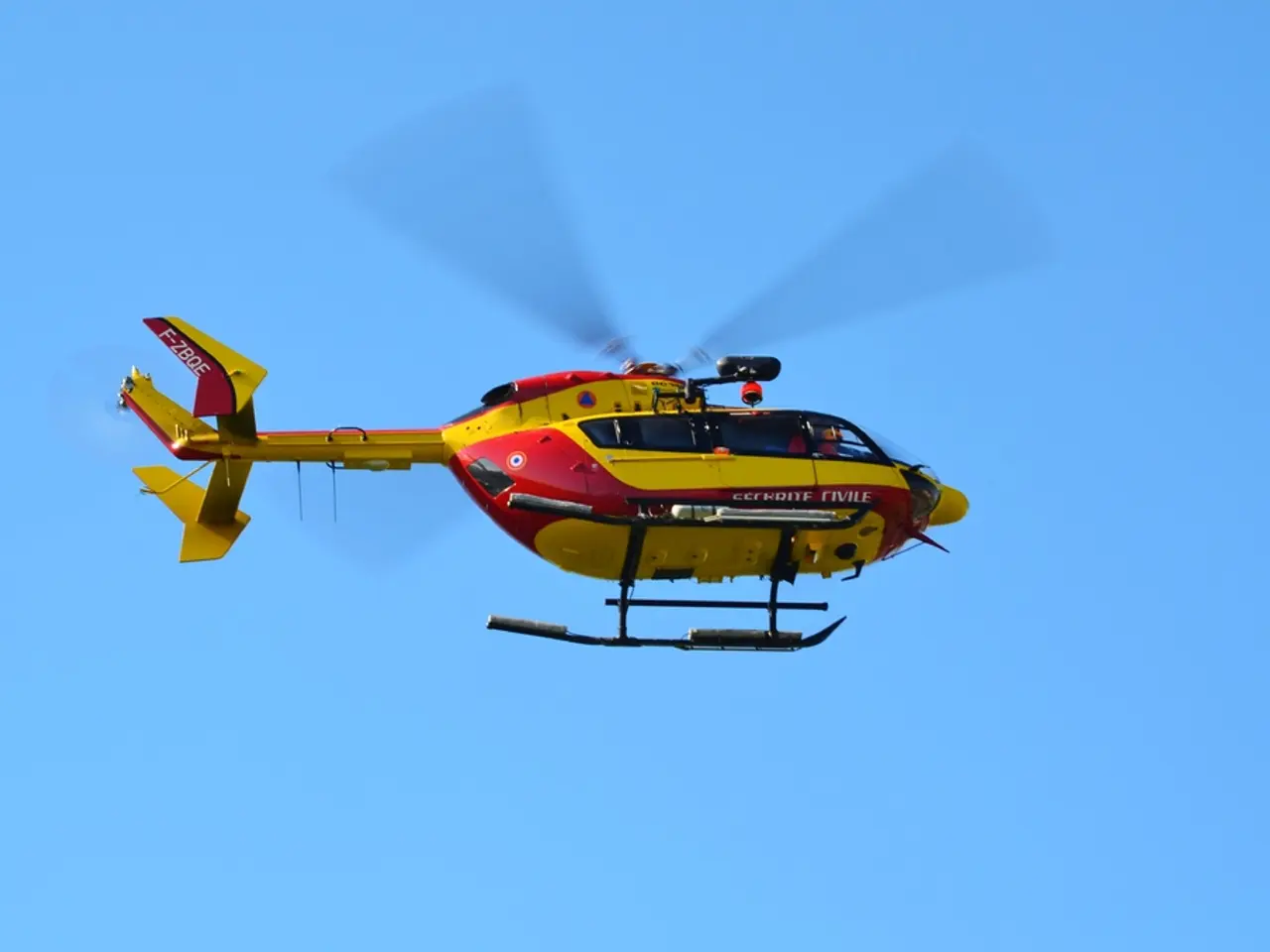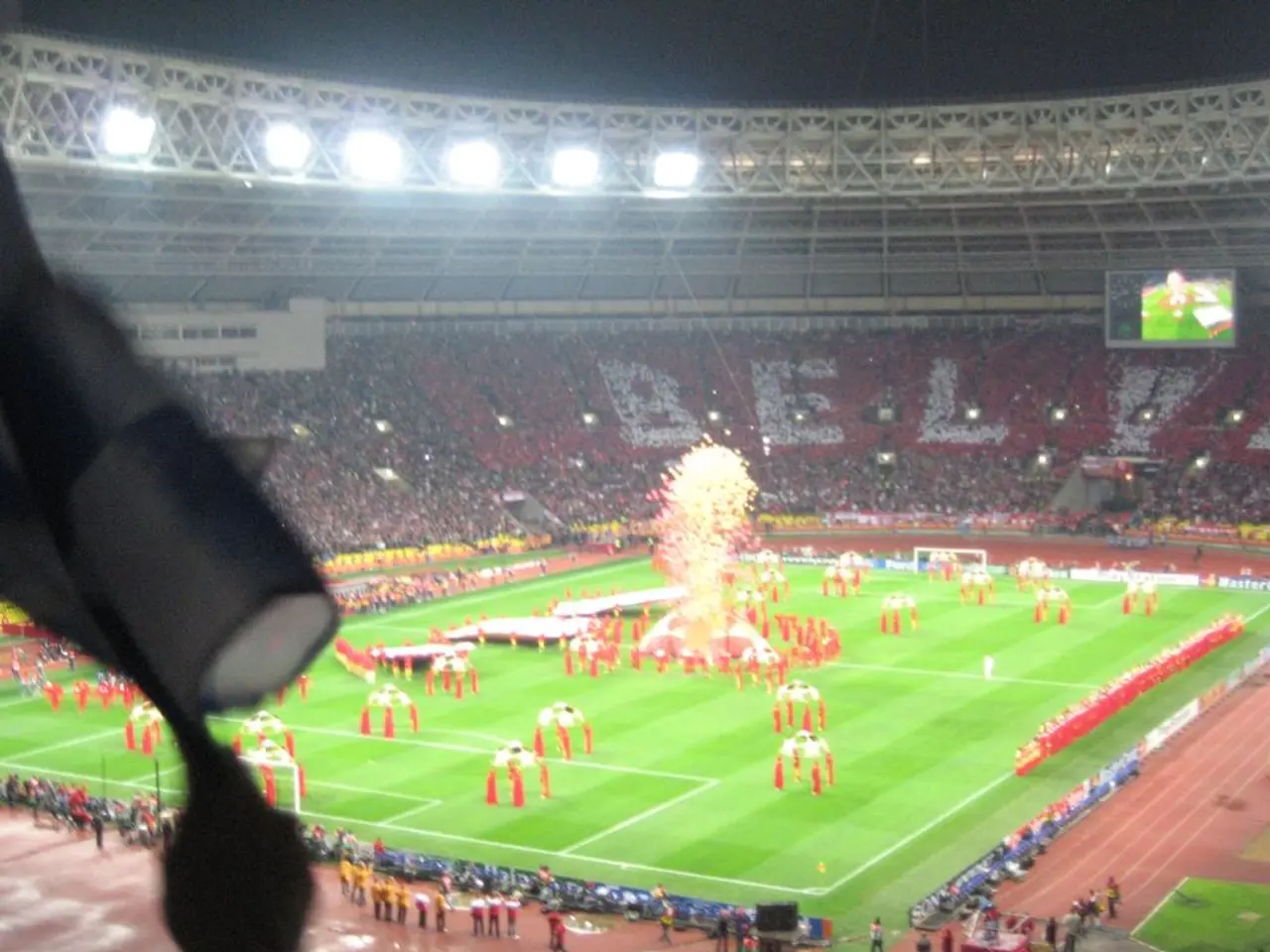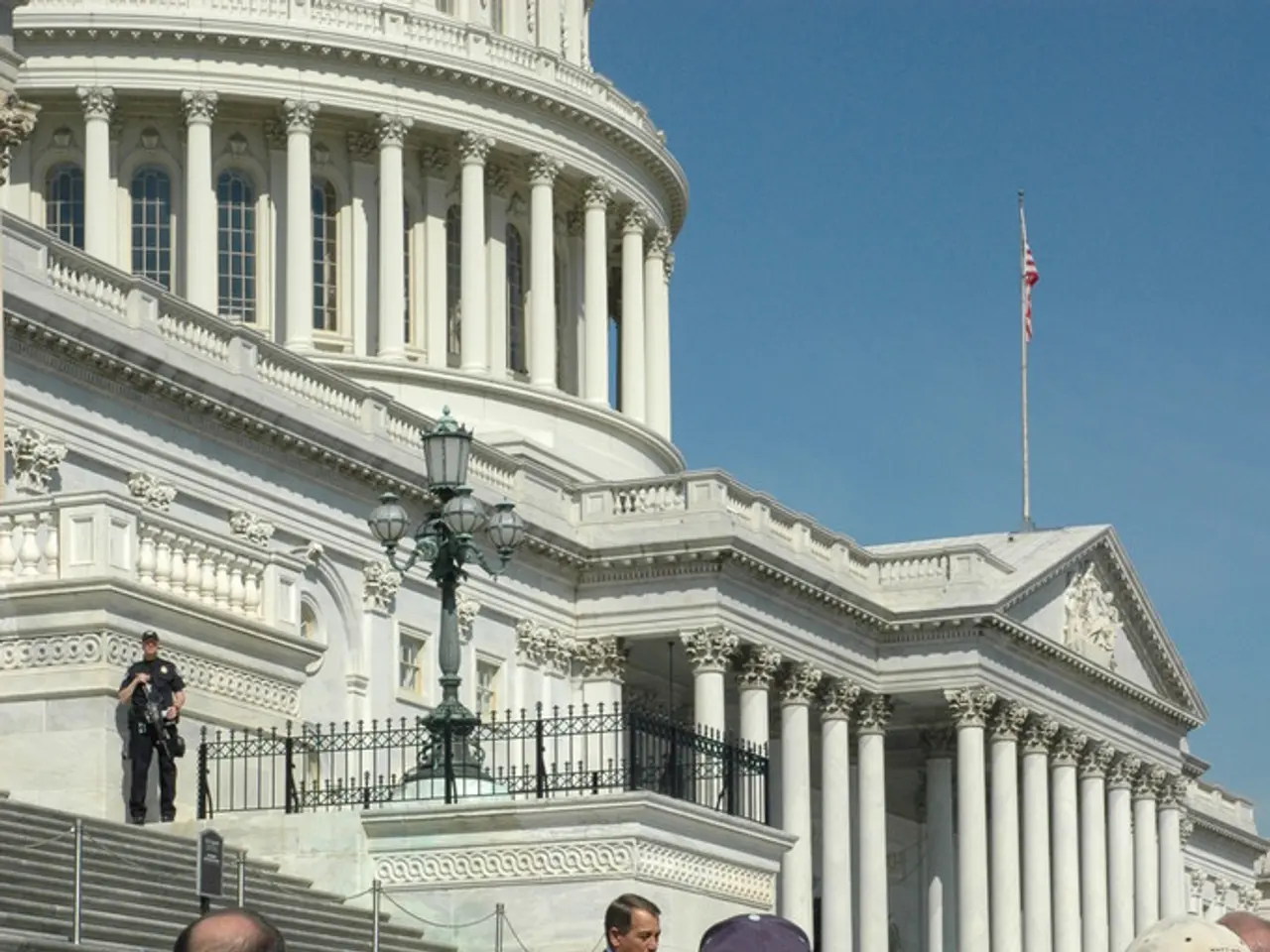Ignored altimeter malfunctions led to catastrophic DC crash, causing the deaths of 67 individuals, as heard during recent investigative hearings.
Safety concerns surrounding the Federal Aviation Administration's (FAA) management of helicopter traffic at Ronald Reagan Washington National Airport have come to light following a tragic mid-air collision in January 2025. The incident, which claimed several lives, was the culmination of a series of near-misses, equipment failures, and bureaucratic inaction that spanned several years.
Reliance on Visual Separation
At the heart of the issue is the reliance on visual separation between helicopters and commercial aircraft. This method, where pilots are responsible for avoiding collisions based on their own sight, rather than relying on air traffic control (ATC) for precise radar-based guidance, was described by air traffic controller Clark Allen as "paramount" for handling the volume and complexity of traffic. However, this method is risky, especially at night when visibility can be compromised [1].
Faulty Equipment and Route Violations
The helicopter involved in the crash was an older model that lacked air data computers for more accurate altitude readings. Investigations revealed that the helicopter’s barometric altimeter was reading 80 to 100 feet lower than the altitude registered by the flight data recorder, flying about 300 feet above the prescribed 200-foot altitude limit for its route [2].
High Frequency of Near-Misses and Inaction
Since 2011, there had been 85 near-miss incidents involving helicopters and planes near Reagan National, with dangerously close vertical and lateral separations. Air traffic controllers flagged these events as early as 2022, but the FAA delayed route changes due to bureaucratic resistance and concerns over political implications of altering flight paths [2][5].
Air Traffic Controller Workload and Staffing Issues
At the time of the collision, the controller on duty was managing communications for 21 aircraft in 10 minutes and failed to issue an alert about the approaching helicopter to the American Airlines flight. The Reagan tower was understaffed, with only 19 of 26 assigned controllers available and high managerial turnover — factors that likely impaired controller effectiveness [2].
FAA’s Limited Transparency and Slow Response
The FAA was criticized by the National Transportation Safety Board (NTSB) for withholding information and slow provision of essential documents and staffing data during the investigation, further complicating the assessment of systemic problems [2][4].
Following the NTSB hearing and investigation, the FAA announced plans to implement additional helicopter route changes around the airport to improve safety and reduce the risk of conflicts between helicopters and commercial air traffic [2]. Awareness and procedural updates were also planned within the Army aviation community regarding discrepancies found in the flight paths and controller instructions [3]. Legislative proposals such as "The Rotor Act," introduced by Sen. Ted Cruz, would mandate all aircraft, including military helicopters (currently exempted for security reasons), to transmit ADS-B location data to improve situational awareness [3].
In conclusion, the FAA’s approach to helicopter traffic near Reagan National Airport involved risky reliance on pilots’ visual separation amid systemic issues in controller staffing and route management. Despite repeated warnings and near-misses, the agency was slow to act, which contributed to a fatal accident, prompting ongoing regulatory and operational changes.
References:
- NBC News
- The Washington Post
- CNN
- The Hill
- The New York Times
- Microsoft's cloud services were heavily utilized by the FAA’s facilities to process safety-critical data, yet their efficiency was questionable during the intensity of traffic, as witnessed during the fateful night in January 2025.
- The concentrated business district in Seattle, where the incident occurred, faced increased road traffic and, more concerningly, a surge in car-accidents due to drivers reportedly distracted by the shocking news about the general-news story that had just unfolded.
- Amid the ongoing investigations, Amazon announced an initiative to collaborate with Seattle's local authorities and transportation agencies to improve the city's traffic management systems, hoping to prevent such tragic events from happening again.
- The crime-and-justice department, in response to the increase in criminal activity due to the disrupted transportation systems, ramped up their presence in and around the downtown area to ensure public safety and order.
- Meanwhile, the sports world seemed unaffected by the events, as the Seattle Seahawks secured a crucial victory hours after the tragic mid-air collision, capturing the attention of sports fans and sports-betting enthusiasts across the nation.
- Despite the initial setbacks, it appeared that the community's resolve to prioritize safety and enhance collaboration between various sectors was unbroken; ongoing changes in air traffic control policies and broader transportation system improvements were on the horizon.








